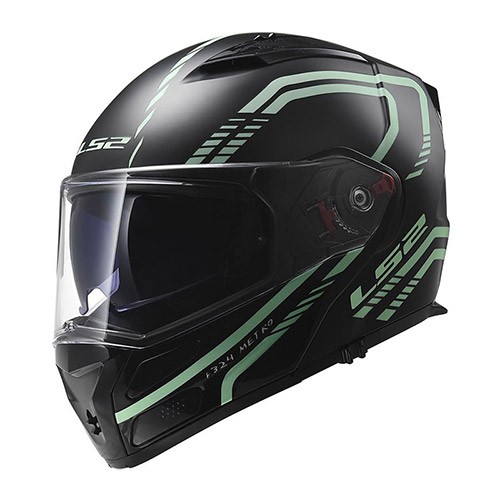Where To Look
Oncoming headlights can be blinding, and since you’re riding a little higher than most cars, they can be especially blinding for you. One option is to look at the far right line at the edge of the road from your side; this can help with the light shining in your eyes and will help keep you going in the right direction and your lane. Don’t look down and away, as it will affect your ability to ride straight in your lane.
Ride Within the Light
The lights on our motorcycles extend only so far in front of your bike during the dark hours of the day, meaning your view is limited. Your motorcycle is capable of incredible stopping power and a short distance, but you will require more stopping distance to avoid any obstacles that may be up ahead. At night, reduce travel speeds because you can’t see miles ahead of you. If you find yourself out-riding your light, it’s time to slow down.
Use other vehicle headlights as an extension of your own. If you’re following a vehicle ahead, watch for their headlights to show debris in the road, potholes, etc. Also, be aware that cars can straddle debris on the road that you can’t, which can be detrimental to your safety. If you see something, be prepared to maneuver around it or change lanes to avoid it altogether.
Clean Your Visor
One thing to keep in mind with your visor is that it needs to be kept clean. Use a simple cleaning solution with a cotton or microfiber cloth to prevent micro-scratches on your visor that, over time, can cloud the visor and make vision through it distorted. Cloth towels shouldn’t scratch the visor.
Riding with Tinted Visors or Glasses
Riding with a dark, tinted visor at night is not recommended, but some variations can help at night. You can wear a yellow-tinted visor/glasses during low-light hours, such as dusk. For those who don’t want to worry about carrying an extra visor to swap out from daytime to nighttime, there are photochromic visors that adjust to light levels throughout the day. You can also carry an extra pair of clear glasses that you can wear during the nighttime as you ride with an open visor. There isn’t a one-size-fits-all option that will work for every rider out there, so experiment between options to determine what works best for you.

